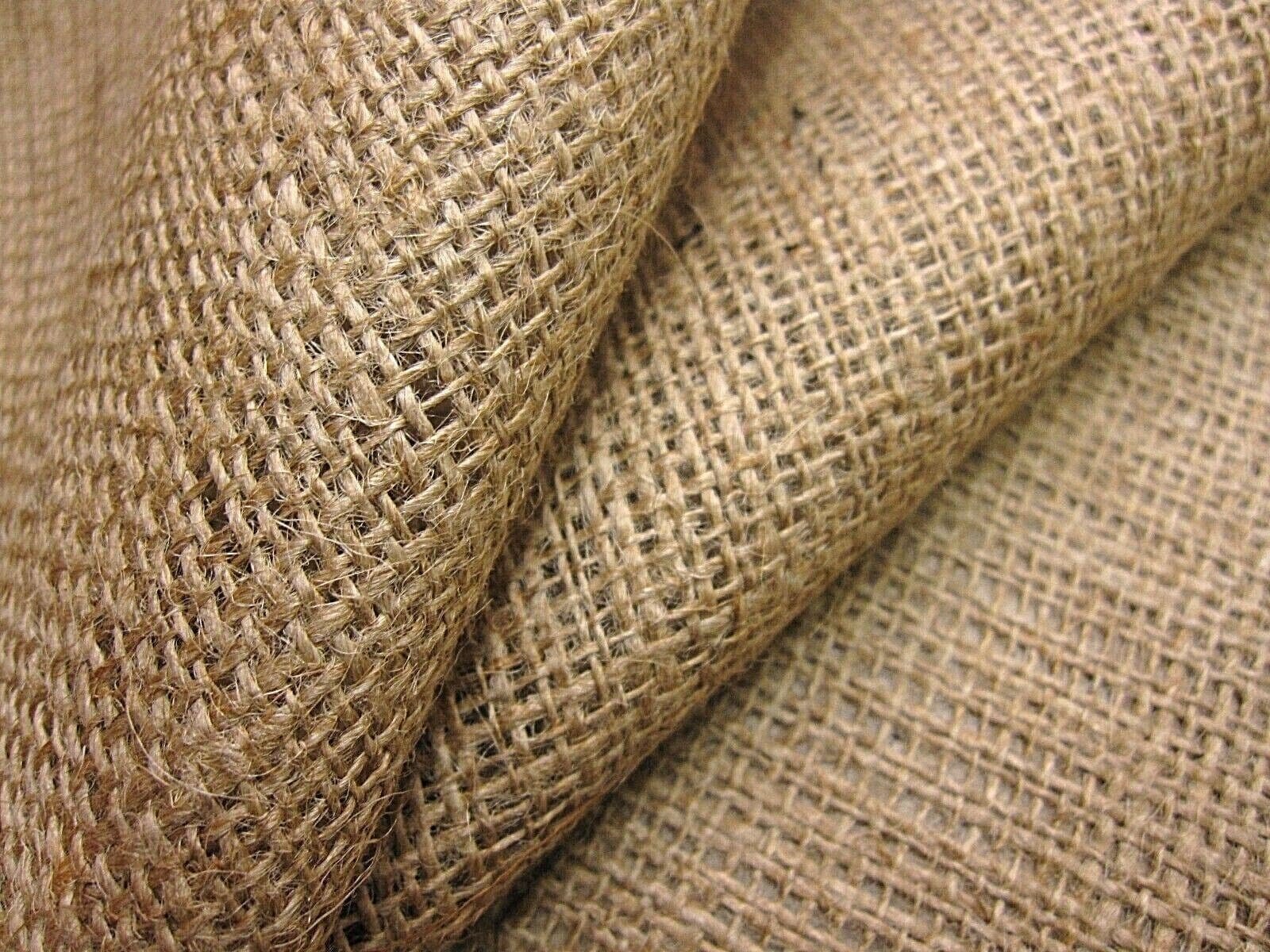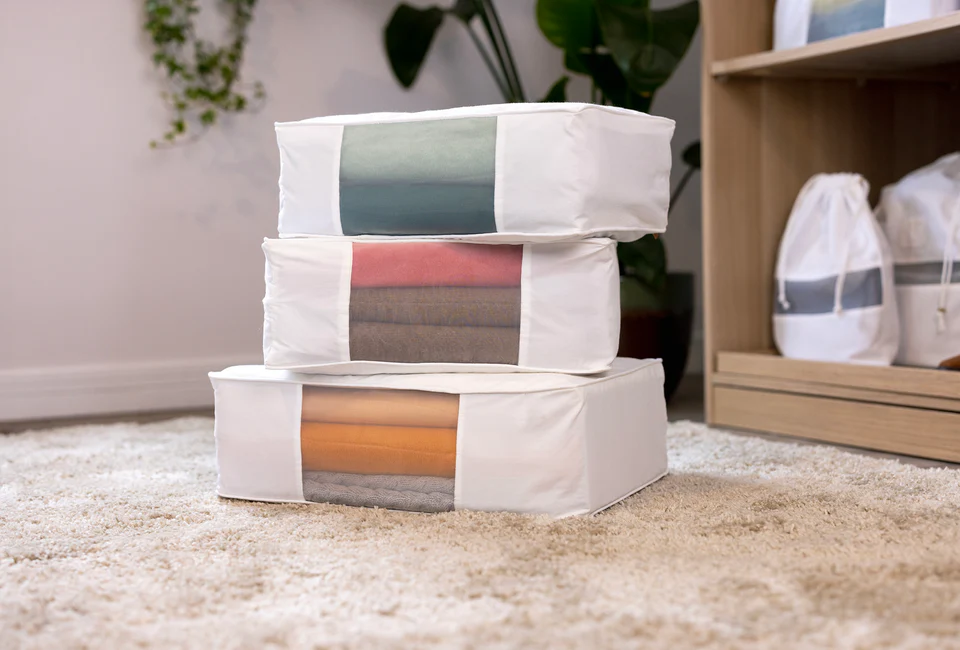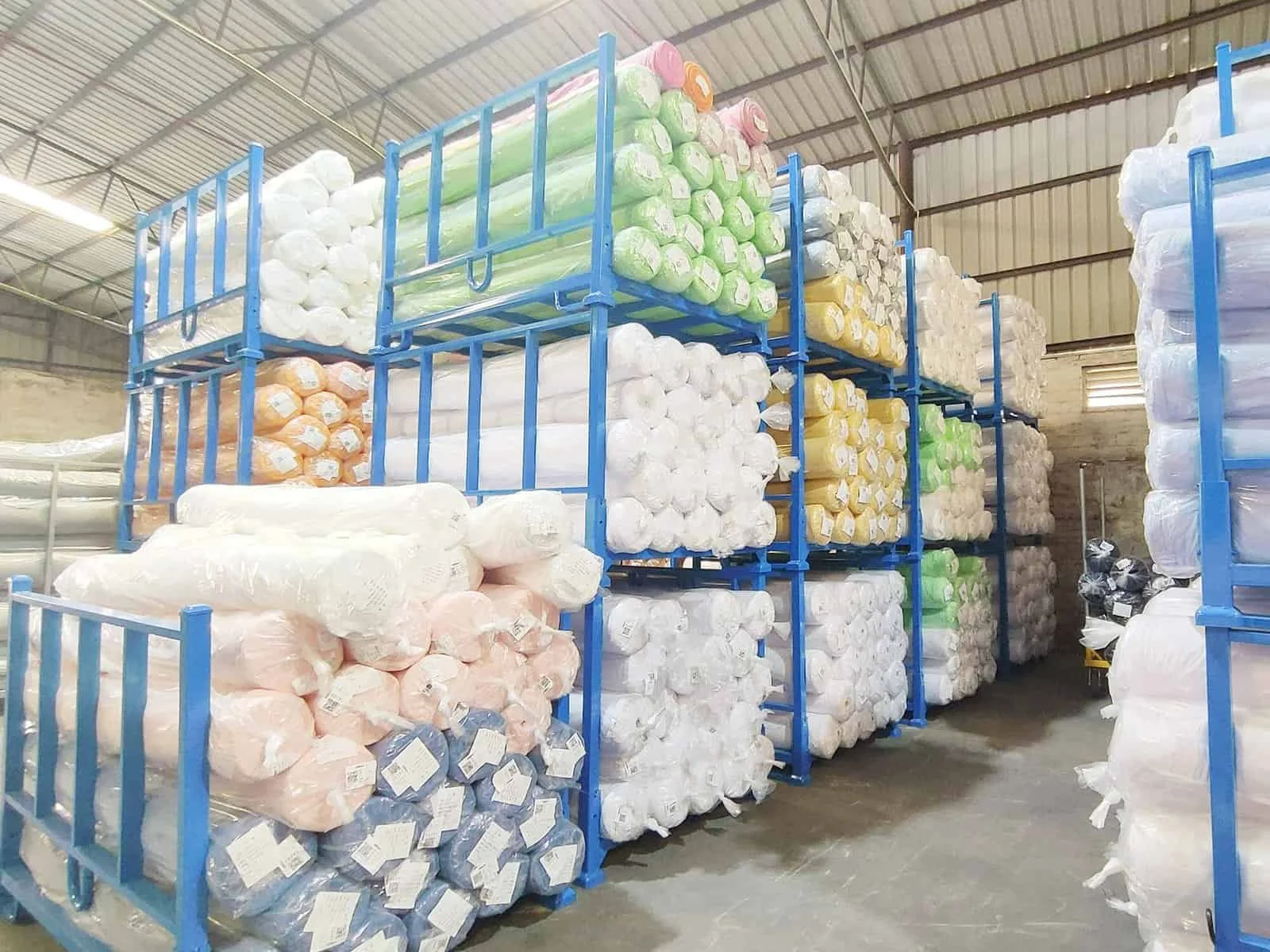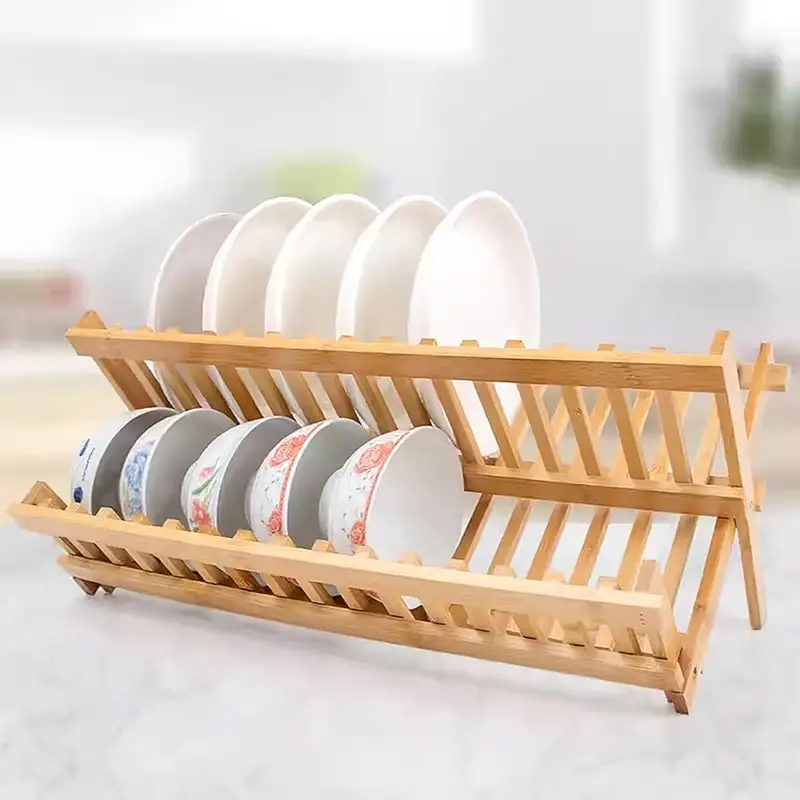Closet space is one of the biggest challenges in modern homes. Consumers want solutions that keep shirts wrinkle-free, easy to find, and neatly stored without taking up too much space. This is where hanging shirt storage products come in.
For B2B buyers—whether you’re a supermarket chain, home goods retailer, or Amazon seller—understanding why this category sells well and how to source the right products is essential.
Why Hanging Shirt Storage Sells
Urban Living Needs
Small apartments and limited wardrobes drive demand for space-saving solutions.
Organized Lifestyle Trend
Consumers influenced by minimalist and home organization content seek practical closet products.
Affordable Price Point
Most retail between $8.99–$19.99, making them impulse-friendly purchases.
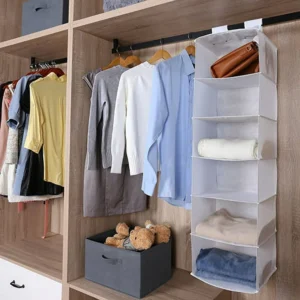
Main Types of Hanging Shirt Storage
1. Hanging Shelves Organizers
Multiple fabric compartments suspended from a closet rod.
Popular for folded shirts, sweaters, or accessories.
Collapsible design saves space in packaging and logistics.
2. Garment Bags
Zip-up covers that protect hanging shirts from dust and moisture.
Transparent windows for visibility.
Sell well in supermarkets and online for seasonal storage.
3. Multi-Hanger Systems
Tiered hangers that allow multiple shirts in vertical space.
Lightweight, ideal for students or apartment renters.
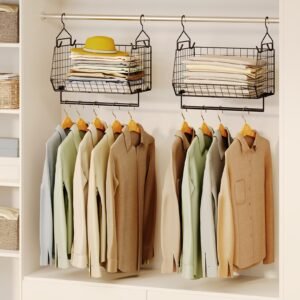
Materials and Features Buyers Should Consider
Non-Woven Fabric: Lightweight, affordable, common in mass retail.
Polyester Oxford: Stronger, more durable, water-resistant.
Canvas or Linen Blends: Natural look, eco-friendly appeal for lifestyle brands.
Features: Reinforced shelves, zipper closures, transparent windows, anti-mold coatings.
Factory Note: Many retailers request fabric upgraded from 80gsm non-woven to 120gsm polyester to reduce product returns and increase durability.
Buyer Considerations for Sourcing
MOQ and Lead Times
Typical MOQ: 500–1000 pcs/SKU.
Production lead time: 35–45 days after sample approval.
Packaging Requirements
Supermarkets: color box or polybag with insert card.
Amazon sellers: compact folding to minimize FBA fees.
Compliance
EU buyers often require REACH or OEKO-TEX certification.
U.S. market may ask for Prop 65 compliance.
Market Trends in Hanging Shirt Storage
Neutral Colors: Grey, beige, and black dominate global sales.
Sustainability: Recycled polyester (rPET) increasingly requested in Europe.
Multi-Pack Offers: 2-pack or 3-pack organizers perform better online.
Functional Upgrades: Side pockets, reinforced stitching, and fold-flat designs are popular add-ons.
Example: A U.S. Amazon seller bundled a 3-pack hanging shelf organizer with garment bags, increasing conversion by positioning it as a complete “closet makeover set.”
Conclusion
The hanging shirt storage category continues to grow as consumers prioritize organization and efficient use of space. For B2B buyers, success depends on choosing the right material, packaging, and compliance level while staying ahead of market trends like sustainability and multifunctionality.

